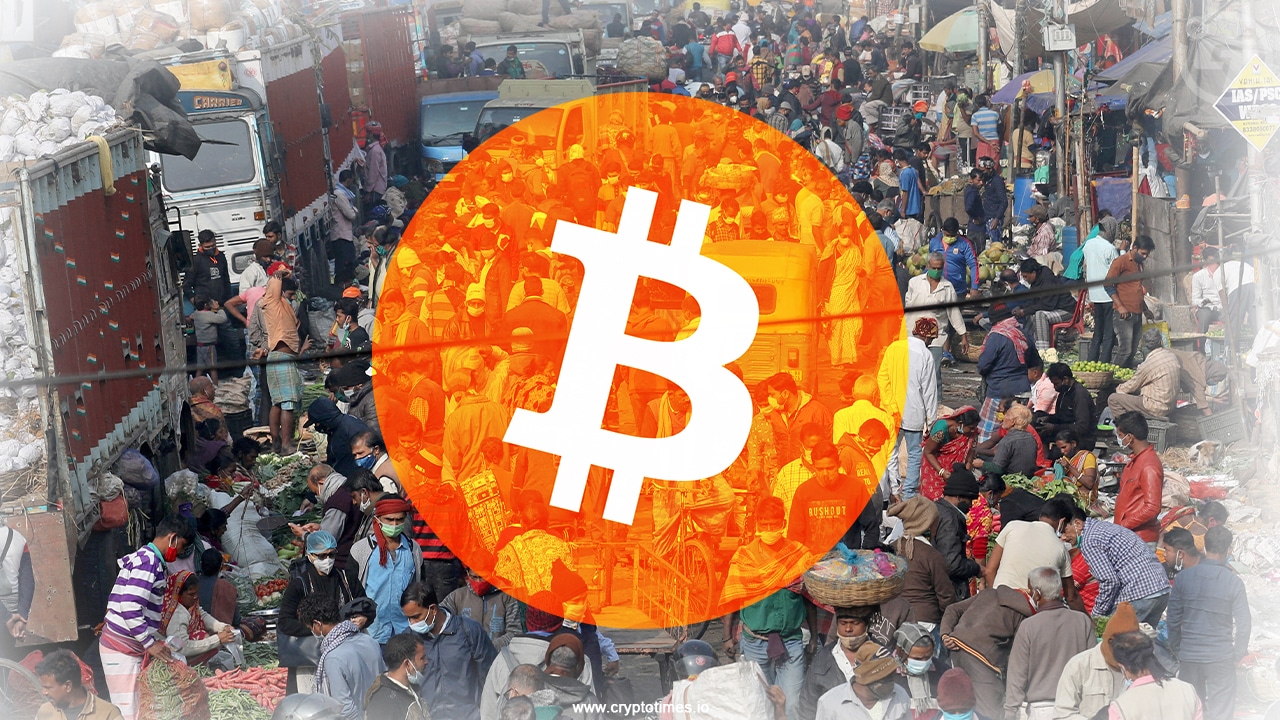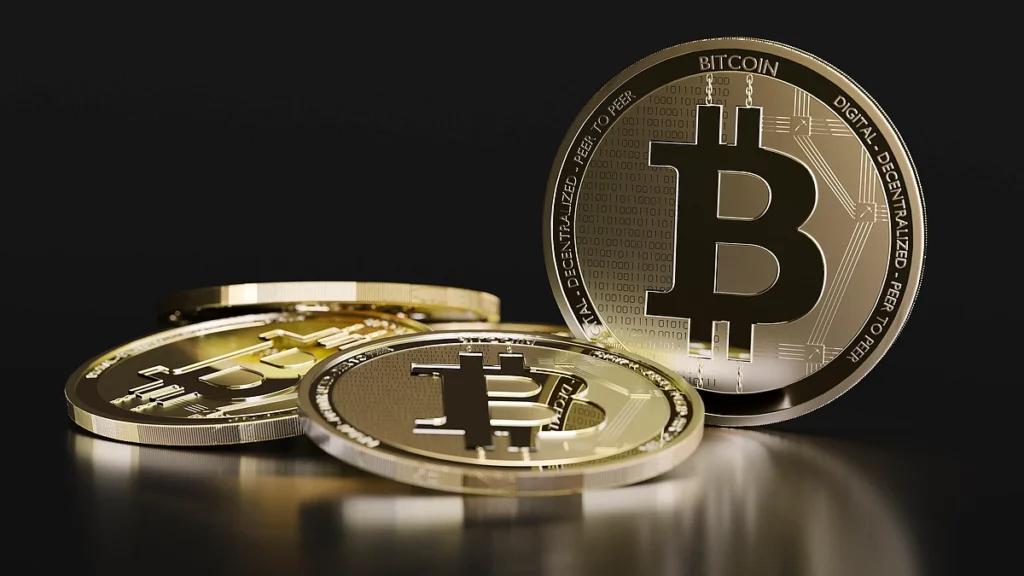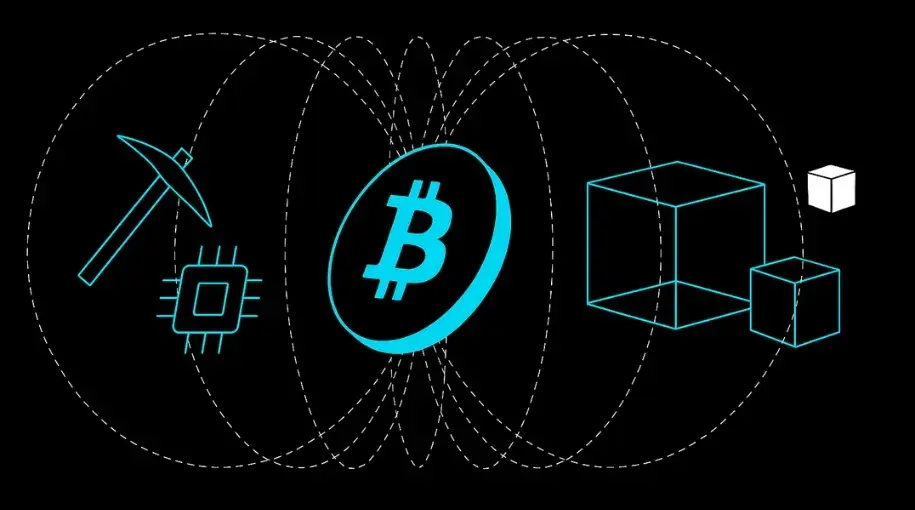Now Reading: India’s Crypto Revolution: How Smaller Cities Are Leading the Charge
-
01
India’s Crypto Revolution: How Smaller Cities Are Leading the Charge
India’s Crypto Revolution: How Smaller Cities Are Leading the Charge

India has quietly become the world’s largest market for crypto adoption. What’s interesting is that this growth isn’t driven by the metros alone. Cities like Nagpur, Indore, and Jaipur are fast becoming the new centers of digital finance. The story of India’s rise in crypto isn’t just about technology or investment—it’s about aspiration, access, and awareness spreading beyond traditional financial hubs.
The first big reason behind this rise is accessibility. With affordable internet and easy-to-use trading apps, crypto has reached towns that were once outside the digital finance loop. Young professionals, freelancers, and even small business owners in Tier 2 and Tier 3 cities are exploring crypto not just as an investment but as a new-age savings option. Many are drawn to the flexibility of trading anytime, anywhere—something traditional banking doesn’t always allow.
Government policy has played its part too. While regulation is still evolving, India hasn’t banned crypto. Instead, it has taxed it, signaling that digital assets are here to stay. This clarity, even if partial, has encouraged more people to step into the market. For smaller cities, where financial literacy programs are improving, crypto education is becoming part of the conversation.
The social factor is equally powerful. Word-of-mouth drives most adoption in smaller towns. One successful investor in a community often inspires many others to try. Telegram and WhatsApp groups have turned into informal classrooms, where people share tips, warn against scams, and discuss price trends. This peer-to-peer learning culture has created a decentralized version of financial awareness.
But the rise isn’t without risk. Many new investors still rely on unverified apps or fall for get-rich-quick schemes. The lack of local financial advisors or crypto experts means misinformation spreads fast. That’s why awareness and caution must grow along with enthusiasm.
The impact of this shift is bigger than just numbers. Crypto is giving smaller cities a sense of inclusion in the digital economy. People who once relied on traditional savings are now exploring blockchain, DeFi, and NFTs. It’s changing how money is perceived—more as a tool for opportunity than just security.
In the larger picture, India’s leadership in crypto adoption shows the power of digital empowerment. As smaller cities embrace crypto, they’re not just following a trend—they’re redefining how financial participation looks in a country where ambition has no postcode.
























